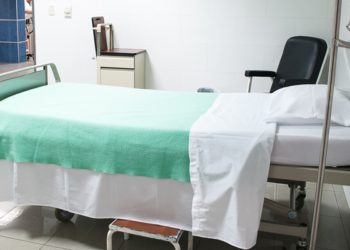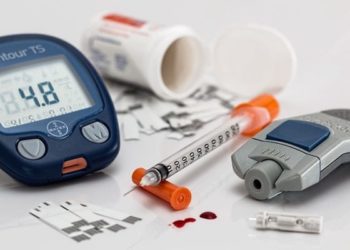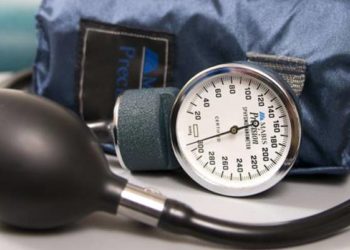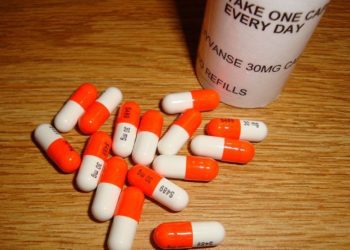Assessing between Sleep and Blood Pressure in Children and Adolescents
1. Each additional hour of sleep was linked to lower wake systolic blood pressure (BP), reduced odds of wake hypertension, and wake systolic hypertension consistently observed across various demographic factors such as age, sex, and body mass index (BMI) category.
2. Each additional hour of later sleep onset was linked to higher wake systolic and diastolic BP indices.
Evidence Rating Level: 2 (Good)
Study Rundown: In the US, an estimated 4% of children and teenagers suffer from hypertension. Children who have hypertension are likely to remain hypertensive until adulthood. Unlike dietary and physical activity modifications, sleep optimization has not been promoted as part of lifestyle interventions to improve BP in youth. This retrospective cohort study examined data from the Children’s Hospital of Philadelphia (CHOP) nephrology clinic who underwent ambulatory BP monitoring (ABPM) from January 1, 2015, through December 31, 2020. BP outcome measures included wake and nocturnal systolic and diastolic BP indices. Hypertension was defined using the 2022 American Heart Association guidelines for ambulatory BP monitoring in children and adolescents, with wake and sleep hypertension based on systolic or diastolic BP readings. Adult thresholds of 130/80 mm Hg (awake) and 110/65 mm Hg (asleep) were used when the 95th percentile thresholds were met. The ambulatory BP index was calculated as the mean BP divided by the 95th percentile value. Sleep duration was determined from the bedtimes and wake times reported by patients. It was then categorized as short, sufficient, or excessive according to the age-specific guidelines of the American Academy of Sleep Medicine. Regression models were used for analysis, and age, sex, and BMI categories were included as covariates to control for potential confounding factors.
According to the study results, shorter sleep duration and later sleep onset were linked to higher wake systolic and diastolic BP measures. In contrast, longer sleep duration was associated with reduced odds of hypertension.
This study was limited by patients self-reporting their sleep duration and not accounting for other factors that could affect sleep such as the use of non-prescribed medications (e.g., anti-histamines) and holidays.
Click to read the study in AAP
Relevant Reading: Non-linear relationship between sleep duration and blood pressure in children with short stature
In-depth [cross-sectional study]: The study sample included 539 children for analysis with an average age of 14.6 years. It consisted of 39% females, with 28% identifying as Black, 49% as White, and 10% as Hispanic. About one-third (33%) of the participants had obesity, and 56% were identified as hypertensive based on ABPM. BP outcome measures included wake and nocturnal systolic and diastolic BP indices. The average sleep duration was 9.1 hours per night, with typical sleep onset at 11:06 PM and wake-up time at 8:18 AM.
Each extra hour of later sleep onset was linked to higher wake systolic BP (β=0.07; 95% CI, 0.02–0.13) and diastolic BP indices (β=0.0; 95% CI, 0.02–0.12), along with increased nocturnal diastolic dipping, defined as a mean sleep BP at least 10% lower than the mean awake BP. In contrast, each additional hour of sleep was linked to a lower wake systolic BP index (β=–0.08; 95% CI, –0.13 to –0.02), reduced wake hypertension, and decreased nocturnal BP dipping. These associations were consistent regardless of factors such as sex, age, and BMI.
Overall, findings from this study suggest that shorter sleep and later sleep onset may impact BP. As such, optimizing sleep duration and onset may be recommended as a nonpharmacologic intervention to improve pediatric hypertension.
Image: PD
©2024 2 Minute Medicine, Inc. All rights reserved. No works may be reproduced without expressed written consent from 2 Minute Medicine, Inc. Inquire about licensing here. No article should be construed as medical advice and is not intended as such by the authors or by 2 Minute Medicine, Inc.







